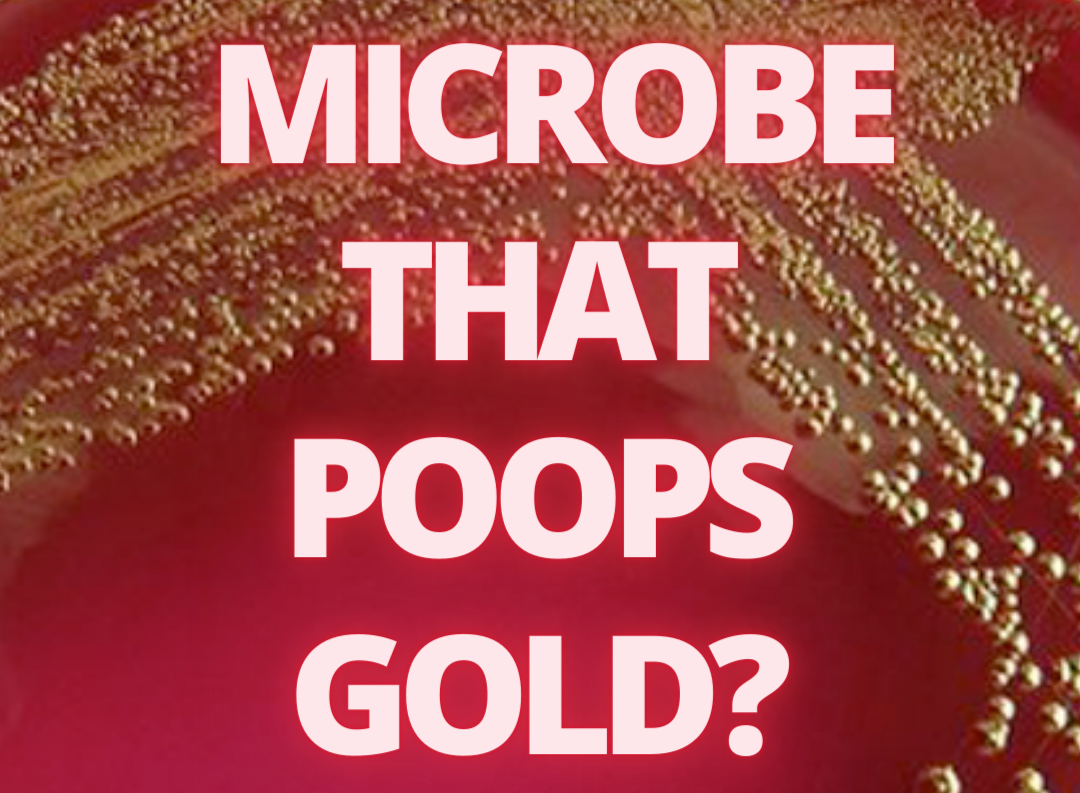Enterochromaffin (EC) cells aka Kulchitsky cells
Enterochromaffin (EC) cells (also known as Kulchitsky cells) are a type of enteroendocrine cell, and neuroendocrine cell. They reside alongside the epithelium lining the lumen of the digestive tract and play a crucial role in gastrointestinal regulation, particularly in
Chromaffin cells aka pheochromocytes
Chromaffin cells, also called pheochromocytes (or phaeochromocytes), are neuroendocrine cells found mostly in the medulla of the adrenal glands in mammals. These cells serve a variety of functions such as serving as a response to stress, monitoring carbon dioxide and oxygen concentrations
-ium
word-forming element in chemistry, used to coin element names, from Latin adjectival suffix -ium (neuter of -ius), which formed metal names in Latin (ferrum “iron,” aurum “gold,” etc.). In late 18c chemists began to pay attention to the naming of their substances with w
Adrenochrome
Adrenochrome is a chemical compound produced by the oxidation of adrenaline (epinephrine). It was the subject of limited research from the 1950s through to the 1970s as a potential cause of schizophrenia. While it has no current medical application, the related derivative compound, carbaz
Rose madder aka madder
Rose madder (also known as madder) is a red paint made from the pigment madder lake, a traditional lake pigment extracted from the common madder plant Rubia tinctorum. Madder lake contains two organic red dyes: alizarin and purpurin. As a
Hyperaccumulators are plants with an ability to absorb more than 100 times higher metal concentrations than typical organisms
A hyperaccumulator is a plant capable of growing in soil or water with very high concentrations of metals, absorbing these metals through their roots, and concentrating extremely high levels of metals in their tissues. The metals are concentrated at levels that are toxic to closely related spe
Petrified Wood
Petrified wood, also known as petrified tree (from Ancient Greek πέτρα meaning ‘rock’ or ‘stone’; literally ‘wood turned into stone’), is the name given to a special type of fossilized wood, the fossilized remains of terrestrial vegetation. Petrifac
What Is Metalloproteinase?
Metalloproteinase – the name alone screams “I’m here to ruin everything” – is a feral pack of enzymes armed with metal claws (zinc, mostly, because it’s the shiniest weapon in the elemental arsenal) that shred proteins like they’re auditioning for a slasher flick. These molecul
What Is A Siderophore?
Siderophores (Greek: "iron carrier") are small, high-affinity iron-chelating compounds that are secreted by microorganisms such as bacteria and fungi. They help the organism accumulate iron. Although a widening range of siderophore functions is now being appreciated. Siderophores are among the stron
Delftia acidovorans
Delftia acidovorans is a Gram-negative, motile, non-sporulating, rod-shaped bacterium known for its ability to biomineralize gold and bioremediation characteristics.




